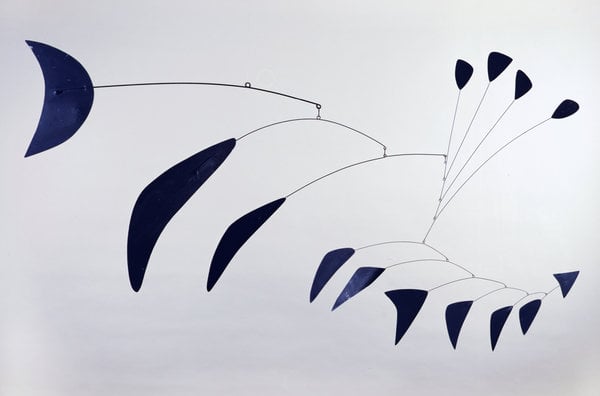
The Delaware Art Museum is continuing its last ditch effort to keep the doors open by selling Alexander Calder’s mobile The Black Crescent and Winslow Homer’s Milking Time, despite censure from the arts community, reports the New York Times.
As previously reported by artnet News, the first piece the museum sent to the auction block, William Holman Hunt’s Isabella and the Pot of Basil (1868), went for a mere $4.25 million, less than half the pre-sale estimate. “Is it a fair price? Who knows? I don’t know,” Michael Miller, the museum’s chief executive and director told the Times.
Following the disappointment of that sale, which caused the museum to be sanctioned by the Association of Art Museum Directors (AAMD), the museum revised its estimated fire sale profits from $30 million to $19.8 million (see artnet News article). Previously, the institution had expressed its hope that it would raise enough money from the sale of three works, thereby sparing the yet-to-be-named fourth.
artnet News also previously noted the Calder mobile’s absence from both the museum’s online catalogue and East Court, where it had formerly hung, as a sign it was among the works to be sold. The museum is planning to auction the Homer come fall (see artnet News article), unless it can attract a private buyer first.
Miller is quick to admit his lack of art expertise, telling the Times “I know nothing about art.” He selected the Hunt, Calder, and Homer works to be sold based solely on their potential value on the market, as evaluated by appraisers from the major auction houses. Fearful of potential of lawsuits from donors or their heirs, Miller and museum trustees limited the fire sale to works purchased with museum funds.
“They’re just cherry-picking the best things in the hopes they get to where they need to be,” said Timothy Rub, the AAMD president and Philadelphia Museum of Art director told the Times. “If, as with the Holman Hunt, they fall flat on their face, it’s going to be a double tragedy.”